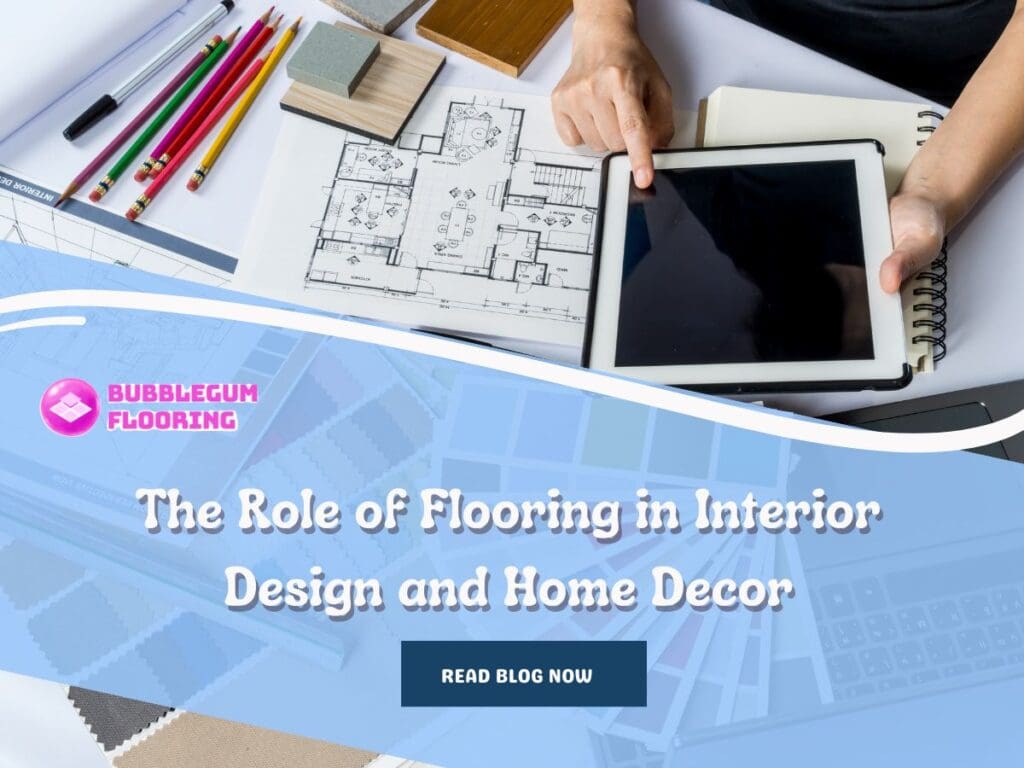The flooring of a home is more than just a practical surface; it’s a foundational element that sets the tone for the entire space. From the moment you step through the door, the flooring design speaks volumes about the style, personality, and functionality of the home. Far beyond a mere surface to tread upon, flooring serves as the very foundation upon which the design narrative unfolds.
In this exploration, we delve into the multifaceted role of flooring in interior design, uncovering its diverse considerations, implications, and creative possibilities. We’ll explore the practical aspects of flooring, such as durability, maintenance, and functionality, and how they intersect with aesthetic preferences and design goals.
The Vital Role of Flooring in Interior Design and Home Decoration
We often spend a lot of time considering furniture, paint colors, and decorative accents when it comes to interior design. However, one element that frequently gets overlooked is the foundation of it all: flooring.
The truth is that flooring plays a far more significant role than simply providing a surface to walk on. It has the power to set the tone for an entire space, influencing everything from aesthetics to functionality.
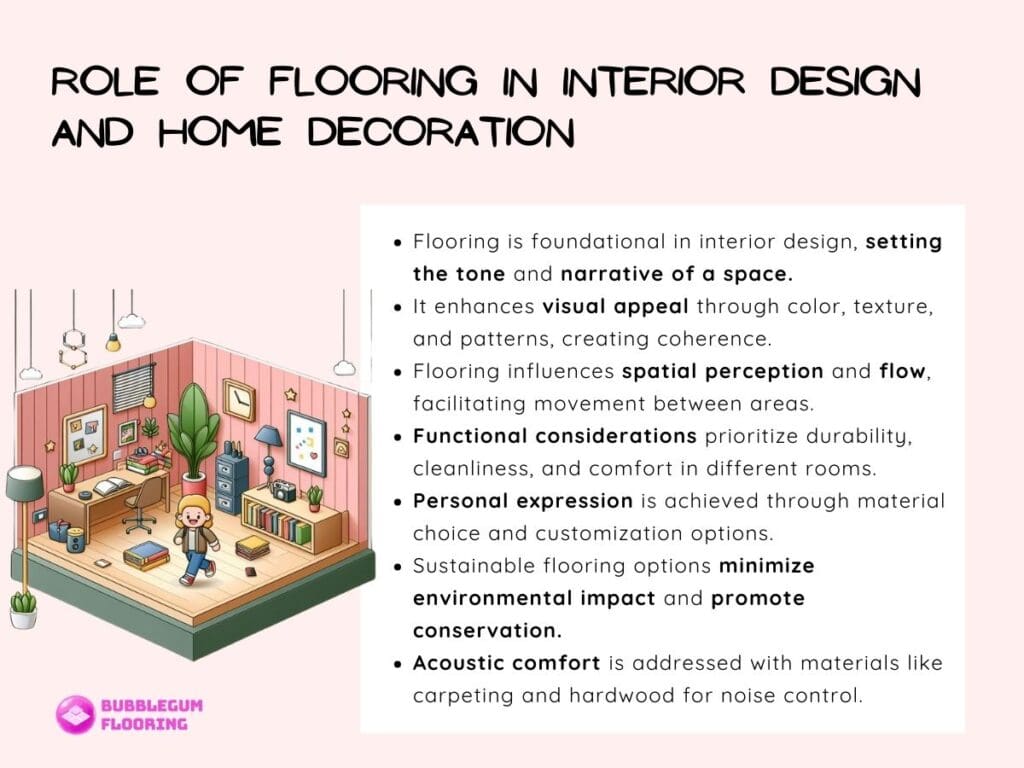
1. Establishing the Design Narrative
Flooring serves as the groundwork upon which the entire design scheme unfolds. The choice of flooring material, color palette, and texture lays the foundation for the desired aesthetic and sets the tone of the space. Whether opting for the timeless elegance of hardwood, the contemporary allure of polished concrete, or the rustic charm of natural stone, flooring choices imbue a room with its distinct personality and ambiance.
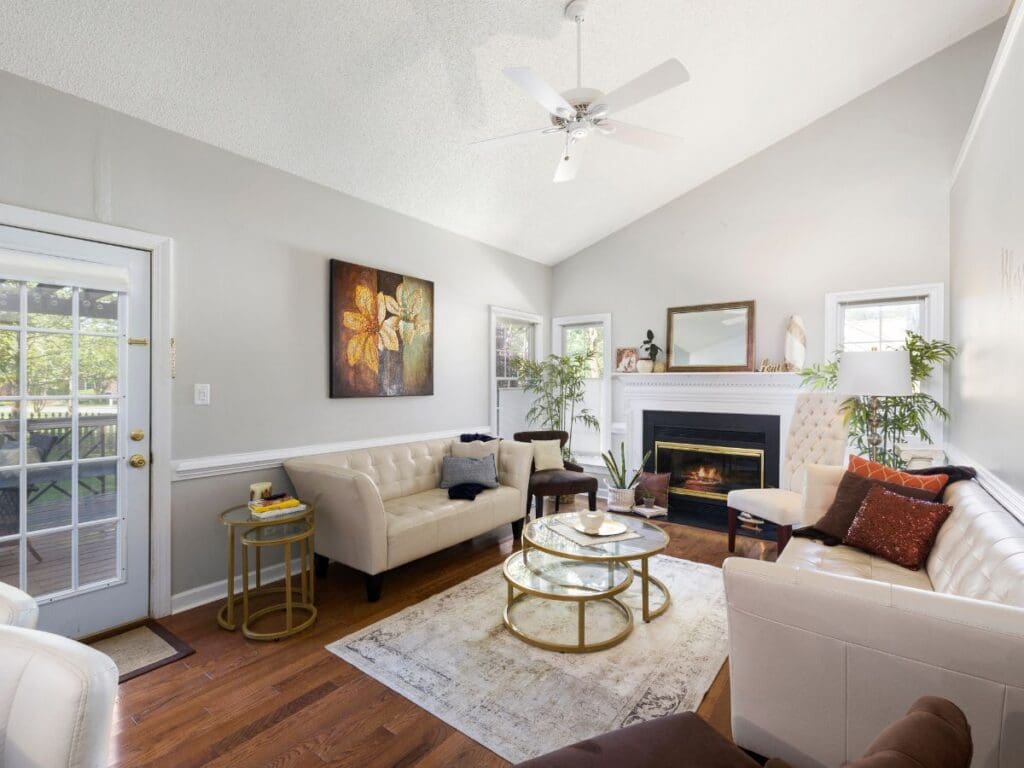
2. Enhancing Visual Appeal
Flooring significantly influences the visual impact of a room, contributing to its overall appeal and aesthetic coherence. Light-colored flooring materials, such as pale hardwood or neutral tiles, can make a space appear larger and more open, while darker hues create a sense of intimacy and warmth. Additionally, patterns, textures, and inlays in flooring designs add visual interest and serve as focal points within the room, elevating its aesthetic appeal.
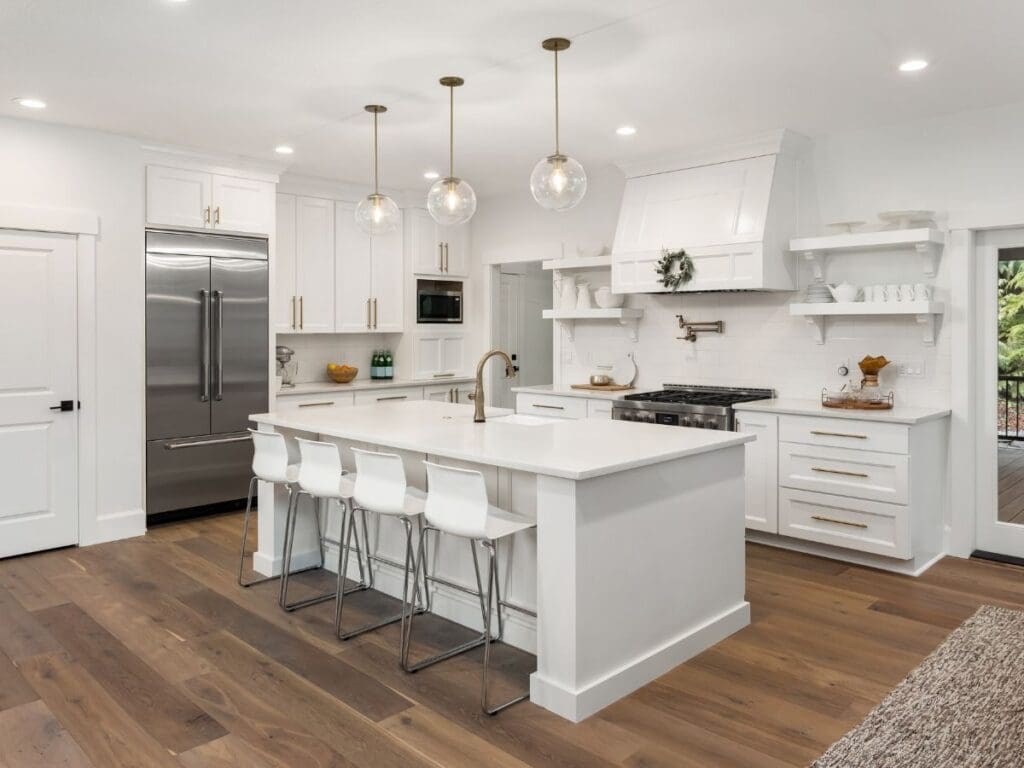
3. Spatial Perception and Flow
Flooring plays a crucial role in shaping the perception of space within a room and facilitating the flow between different areas of the home. Consistency in flooring materials throughout various rooms creates a sense of continuity and cohesion, enhancing spatial flow and visual harmony. Strategic placement of flooring transitions and variations in design can delineate zones within an open-concept layout, promoting a seamless transition from one area to another.
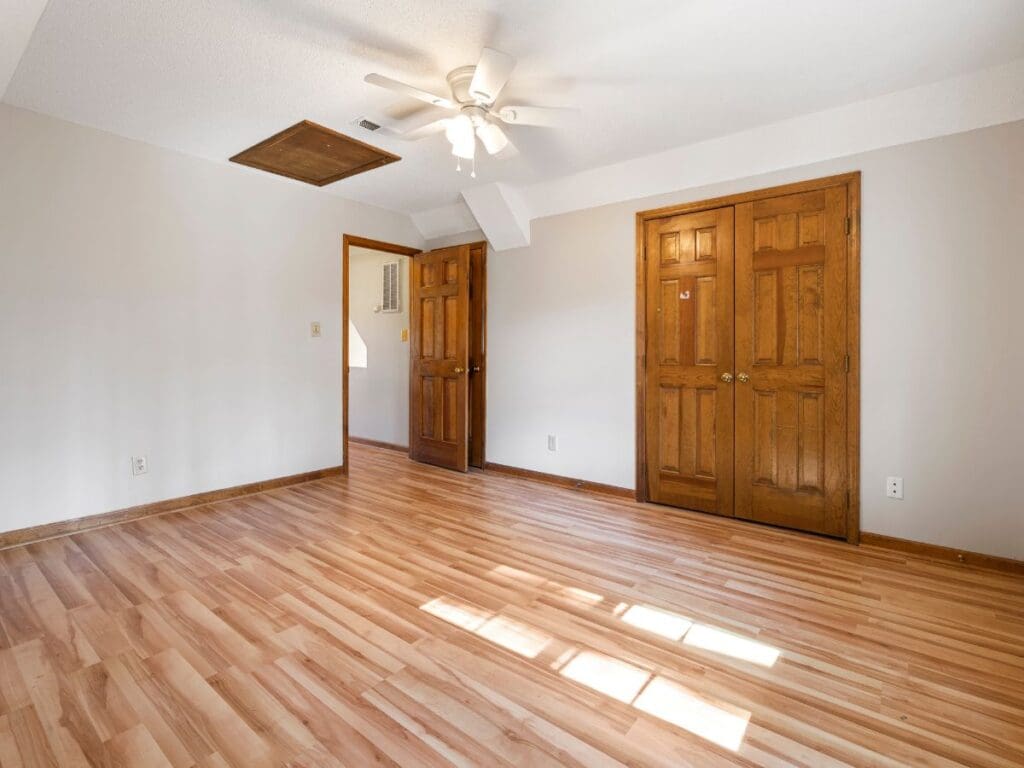
4. Functional Considerations
Beyond aesthetics, flooring choices must align with the functional requirements of each space. High-traffic areas such as entryways, kitchens, and bathrooms necessitate durable and easy-to-clean materials like ceramic tile or vinyl flooring. In areas where comfort is paramount, such as bedrooms or living rooms, soft and resilient flooring options like carpeting or cork provide underfoot comfort and warmth.
5. Personal Expression and Style
Flooring serves as a canvas for personal expression, allowing homeowners to infuse their unique style and personality into their living spaces. Whether opting for classic hardwood, trendy laminate, or eco-friendly options like bamboo or reclaimed wood, the choice of flooring reflects individual preferences and lifestyles. Customization options such as intricate patterns, inlays, or borders further enhance personalization and add a bespoke touch to the design.
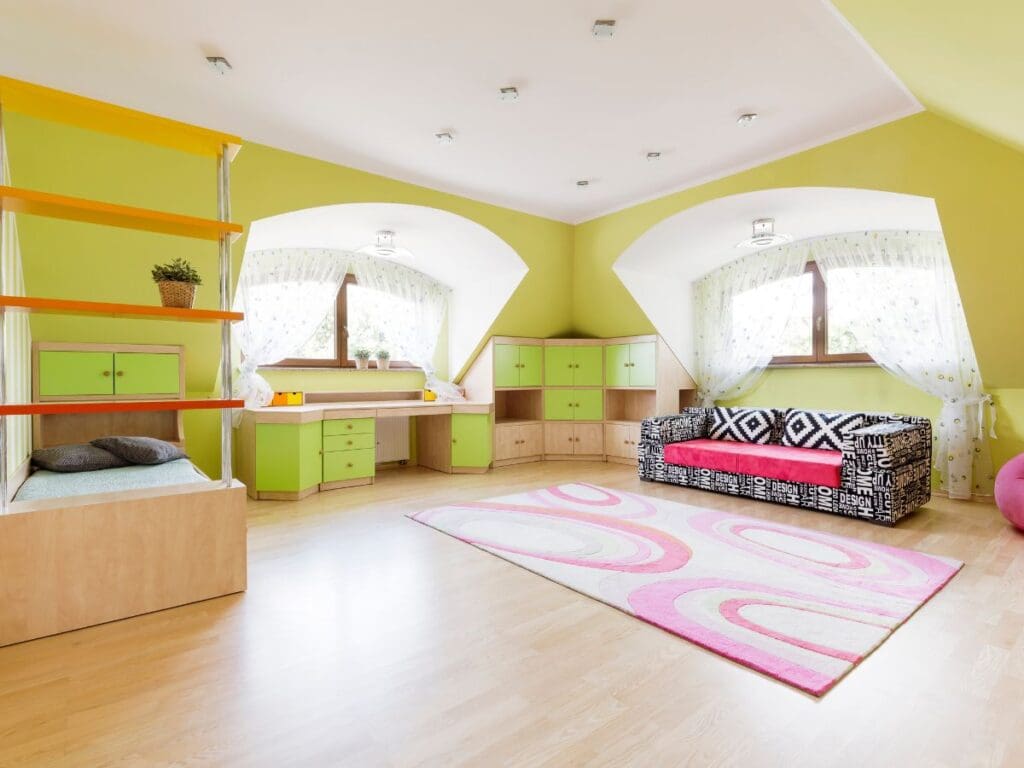
6. Environmental Sustainability
With increasing awareness of environmental conservation, there is a growing demand for sustainable flooring options that minimize environmental impact. Materials such as bamboo, cork, reclaimed wood, and recycled materials offer eco-friendly alternatives to conventional flooring choices. By choosing sustainable flooring options, homeowners not only reduce their carbon footprint but also contribute to the preservation of natural resources.
7. Acoustic Comfort and Sound Control
The acoustic properties of flooring play a significant role in creating a comfortable and serene living environment. Carpeting, with its sound-absorbing qualities, helps reduce noise transmission and echoes, making it ideal for bedrooms, home offices, and media rooms. Hard surfaces like tile or hardwood flooring, on the other hand, may enhance acoustics in larger, open areas, creating a vibrant and lively ambiance.
In the tapestry of interior design and home decor, flooring emerges as a foundational element that weaves together the threads of style, functionality, and comfort. From its ability to set the tone and ambiance of a space to its practical considerations of durability and sustainability, flooring plays a crucial role in shaping the overall aesthetic and functionality of living environments.
By understanding the diverse roles and insights into flooring, homeowners can make informed decisions that elevate their living spaces into personalized sanctuaries of style and comfort.
Creating a Truly Unique and Functional Flooring
Creating truly unique and functional flooring requires a thoughtful approach that combines creativity, practicality, and innovation. Here are some steps to help you achieve a one-of-a-kind floor that not only stands out aesthetically but also meets your functional needs:
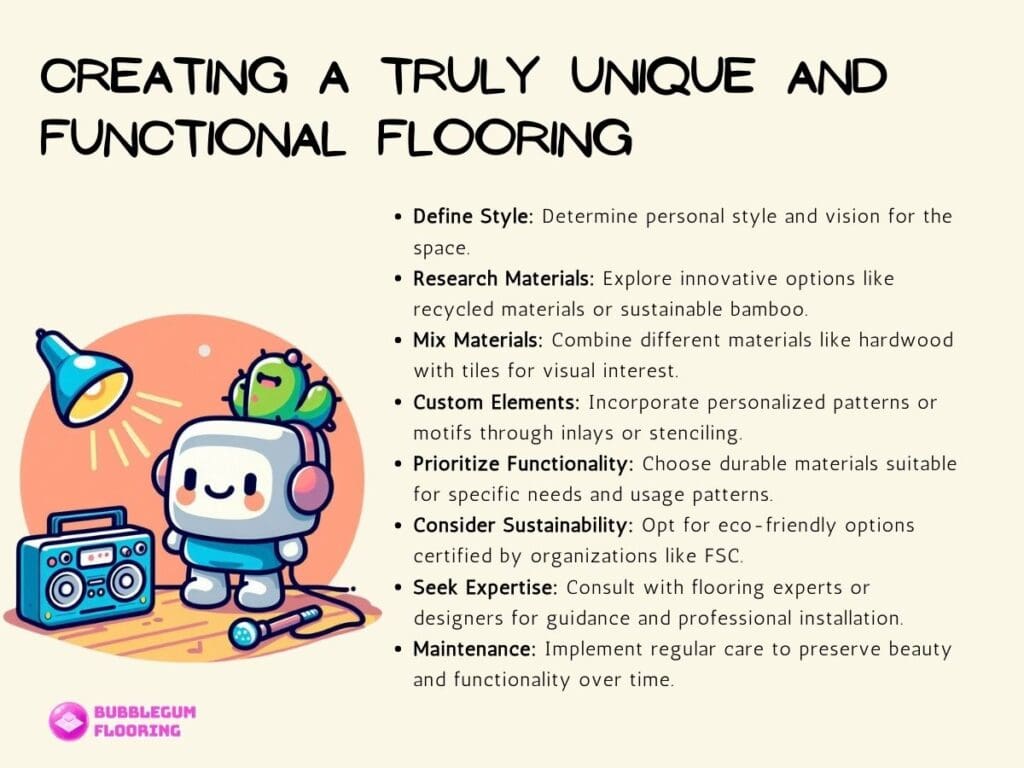
1. Define Your Style and Vision
Begin by defining your personal style and vision for the space. Consider the overall design aesthetic you want to achieve, whether it’s modern and minimalist, rustic and cozy, or eclectic and avant-garde. Think about colors, textures, patterns, and materials that resonate with you and complement the existing decor of the room.
2. Research Innovative Materials and Techniques
Explore innovative materials and techniques that can help you achieve your desired look while providing functionality and durability. Consider unconventional options such as recycled materials, reclaimed wood, sustainable bamboo, or eco-friendly cork. Look into advanced flooring technologies such as 3D printing, laser etching, or digital imaging, which allow for custom designs and patterns.
3. Mix and Match Materials
Get creative with mixing and matching different materials to create a unique flooring design. Combine hardwood with tiles, stone with concrete, or carpet with vinyl to add visual interest and texture to the space. Experiment with contrasting colors, shapes, and sizes to create dynamic patterns and focal points within the room.
4. Incorporate Custom Design Elements
Consider incorporating custom design elements into your flooring to make it truly unique. This could involve integrating personalized patterns, motifs, or logos using inlays, medallions, or stenciling techniques. Work with a skilled artisan or flooring specialist to bring your design ideas to life and create a floor that reflects your individuality and personality.
5. Prioritize Functionality and Durability
While aesthetics are important, it’s essential to prioritize functionality and durability when creating a unique floor. Choose materials that are suitable for the specific needs and usage patterns of the space, whether it’s a high-traffic area like a kitchen or a moisture-prone environment like a bathroom. Opt for durable, scratch-resistant finishes and easy-to-clean surfaces that can withstand the demands of daily life.
6. Consider Sustainability and Environmental Impact
Take into account the environmental impact of your flooring choices and strive to incorporate sustainable materials and practices wherever possible. Look for products certified by reputable organizations such as the Forest Stewardship Council (FSC) or the Sustainable Forestry Initiative (SFI). Consider options with low VOC emissions and minimal environmental footprint to create a healthier indoor environment for you and your family.
7. Seek Professional Guidance and Expertise
Consult with flooring experts, interior designers, or architects who can provide valuable insights and guidance throughout the design and installation process. They can help you explore different options, evaluate pros and cons, and ensure that your unique flooring meets both aesthetic and functional requirements. Professional installation is also crucial to ensure that your flooring is installed correctly and performs as intended for years to come.
8. Regular Maintenance and Care
Once your unique flooring is installed, make sure to implement a regular maintenance and care routine to preserve its beauty and functionality over time. Follow manufacturer’s recommendations for cleaning and maintenance, and address any issues or damages promptly to prevent further deterioration. With proper care, your one-of-a-kind floor will continue to enhance the beauty and functionality of your space for years to come.
By following these steps and incorporating your creativity and imagination, you can create truly unique and functional flooring that becomes the focal point of your interior design scheme while providing years of enjoyment and satisfaction.
Additional Insights on the Role of Flooring in Interior Design and Home Decor
Here are some additional insights on the role of flooring in interior design and home decor:
1. Cultural Significance and Symbolism
Flooring often carries cultural significance, reflecting traditions and values. Incorporating materials with cultural meaning adds depth and connection to a space.
2. Thermal Comfort and Energy Efficiency
Flooring impacts thermal comfort and energy efficiency. Certain materials offer natural insulation, reducing heating and cooling costs. Radiant heating systems further enhance comfort and sustainability.
3. Design Versatility and Creativity
Flooring provides endless design possibilities. From patterns to textures, homeowners can unleash creativity to personalize their space and express individuality.
4. Psychological Impact and Well-being
Flooring influences mood and well-being. Natural materials promote calmness, while vibrant colors stimulate creativity. Selecting flooring that supports positive emotions enhances overall happiness.
5. Historical Preservation and Restoration
Preserving and restoring original flooring in historic homes maintains architectural integrity and honors craftsmanship. Reclaimed materials recreate the charm of the past, preserving heritage for future generations.
Incorporating these additional insights into flooring’s significance in interior design and home decor can further enhance a space’s beauty, functionality, and emotional resonance, creating environments that are not only visually stunning but also culturally rich, environmentally sustainable, and emotionally rewarding.
Conclusion
In conclusion, flooring is not merely a practical surface—it serves as a foundational element that sets the tone for a space. Our exploration has revealed its diverse roles, from influencing aesthetics and functionality to reflecting personal style and cultural heritage.
We’ve observed how flooring establishes the design narrative, enhances visual appeal, and affects spatial perception. Additionally, we’ve delved into its impact on environmental sustainability, safety, and psychological well-being.
By considering these insights, homeowners can make informed decisions that elevate their living spaces into personalized sanctuaries of style and comfort. Flooring is instrumental in shaping the character and ambiance of a home, transforming houses into reflections of individual identity, values, and aspirations.

